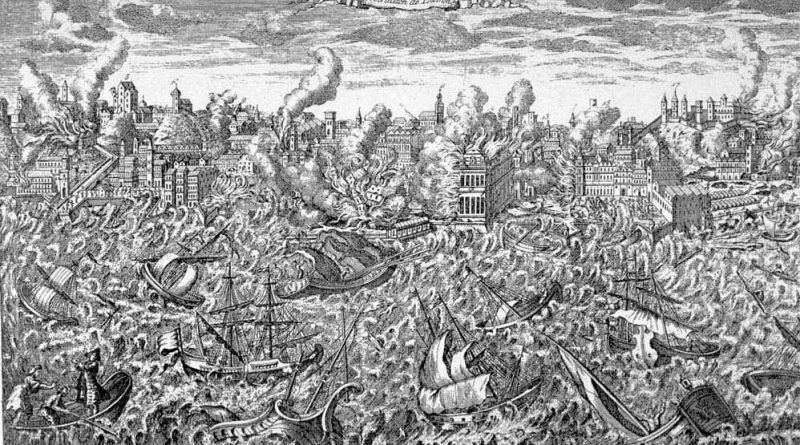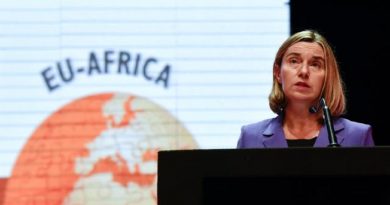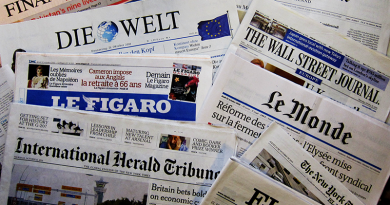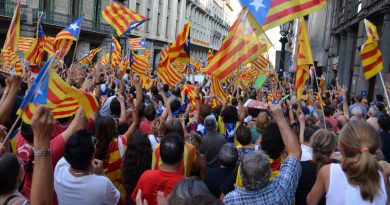Review | Summer Course: The idea of Europe
Between July 23 and 27 the Center for International Studies at ISCTE-IUL (CEI-IUL) held the summer course “The idea of Europe: from the Lisbon Earthquake to the Treaty of Lisbon”. The course addressed the development of the institutional architecture and the treaties and dynamics that gave way to the current European Union (EU) structure. It started with the age of Enlightenment until the present day, with some observations about the actual crisis of European institutions. The audience had the chance to learn about the theoretical, ideological and normative dimensions of European values and norms, as well as the institutional structure and functioning of the EU. The course also covered key aspects related the European Integration project and a view of current domestic and external challenges.
The lecturers were:
- Rui Tavares (former Member of the European Parliament and Historian) who has addressed the historical part, the EU Institutions and Pan-European parties.
- Inês Marques Ribeiro (Research assistant and science manager at CEI-IUL) who spoke about EU’s main actors, migration crisis and the EU as a normative actor.
- Ana Isabel Xavier (Research fellow at CEI-IUL and collaborator at the Portuguese Military University Institute) who explained EU – USA relations and Donald Trump’s behavior with respect to the EU.
Historical context
The course started with the Lisbon Earthquake (1755) since, in this period, the idea of sovereignty changed: in the Age of Enlightenment, the contract God-King-Subject switched into State-Nation-People. The public opinion began to think that maybe it wasn’t all God’s plan but instead, in the case of the Lisbon earthquake, a natural disaster and should have been acted upon by the State. Also the sovereignty shifted from the King to the Nation. As Rui Tavares said, whereas before sovereignty was like a particle (indivisible, because if you share it, you lose it); afterwards it became like a wave (an emanation, it comes from universal rights – no longer individuals – and it is divided between everybody).
For a better understanding, it was helpful during the course to mention two important events that contributed to make this transition toward the emergence of Nation-States possible. The first one was the Peace of Westphalia (1648) whose treaties provided the foundation of the modern State system and articulated the concept of territorial sovereignty (as the inviolability of borders and non-interference in the domestic affairs of sovereign States). The second one was the treaty of Utrecht (1715), after the Succession Spanish wars, which can be considered the first diplomatic congress of Europeans powers. In both events, the European concept of balance of power became a common topic.
A number of wars stemmed, at least in part, from the desire to maintain this balance of power (e.g. the Napoleonic Wars). The Congress of Vienna (1814–1815), which dissolved the Napoleonic world, attempted to restore old boundaries but also to resize the main powers so they could balance each other and remain at peace. Since that moment, historians date the Concert of Europe which was a system of dispute resolution adopted by the major conservative powers of Europe to maintain their power, oppose revolutionary movements, weaken the forces of nationalism, and uphold the balance of power. This plan was the first of its kind in European history and seemed to promise a way to collectively manage European affairs and promote peace.
At the end of the XIX century, during the new wave of imperialism and the scramble for Africa, the alliance created over the previous decades proved to be fragile, something that triggered WWI in 1914. One of the objectives of the Treaty of Versailles, the main post-WWI treaty, was to abolish the dominance of the ‘Balance of Power’ concept and replace it with the (global) League of Nations – which ended after WWII and was replaced with the United Nations (UN) in order to established international co-operation and prevent future conflicts. But WWII also changed the political alignment and social structure of the world: the influence of European great powers waned, so political integration in Europe emerged as an effort to end pre-war enmities and to create a common identity.
The building of the EU institutions
After WWII, in order to help rebuild Western European economies, the USA created the Marshall Plan, an economic assistance tool that became the OEEC (Organization for European Economic Co-operation) in 1948. With the same purpose, in 1947 the UNECE (United Nations Economic Commission for Europe) was created to encourage the social and economic cooperation among its member States in post-war Europe.
At this time, the idea of a “United States of Europe” was seen as an antidote to the extreme nationalism which had devastated the continent, and this aim was carried out in 1952 through the creation of the European Coal and Steel Community. In 1957 Belgium, France, Italy, Luxembourg, the Netherlands and West German signed the Rome Treaties which remain, together with the Treaty of Maastricht, the most important treaties in the modern-day European project. The Rome Treaties created the European Economic Community (EEC) for the establishment of a single market for goods, labor, services and capital across the EEC Member States and introduced the European Commission. The EEC, together with the European Coal and Steel Community (ECSC) and the European Atomic Energy Community (EURATOM), was clustered under the name of European Communities. Through the Treaty of Maastricht, in 1993, the Communities were incorporated into the EU, becoming the latter’s first pillar, together with the the Common Foreign and Security Policy (CFSP) and Police and Judicial Co-operation in Criminal Matters (PJCCM). It also led to the establishment of the single European currency, the euro.
In 2009 the European Community was merged into the EU by the Treaty of Lisbon which reformed many aspects of the organisation. The three pillar system was merged into a single entity provisioned with a legal personality, the post of President of the European Council was established, and the position of High Representative of the Union for Foreign Affairs and Security Policy was revised and strengthened. The Lisbon Treaty created an institutional framework in which the supranational (the Commission and the European Parliament) and intergovernmental (the Council of Ministers and the European Council) natures of the EU intersect. In this space, these four institutions play their bargaining game, supervised by the Court of Justice (ECJ). Prominent changes included also a more powerful European Parliament strengthening the logic of a bicameral legislature alongside the Council of Ministers, the Charter of Fundamental Rights and, for the first time, Member States have the explicit legal right to leave the EU and the procedure to do so.
Observations
Currently, the EU can be considered the implementation of a regional integration organization having a political and economic nature. But, even if many goals have been achieved, the challenges are not over yet.
As can be seen, the basic institutional structure of the EU is less than stable and this particular (con)fusion of powers typical of the EU could limit the effectiveness of its action. The EU’s efforts to improve itself in recent years through a transparency and accountability agenda have ended up making it seem increasingly impenetrable and has alienated the public even more. In fact, even if public identification with Europe is considered important, a large number of EU citizens still do not feel properly ‘European’, or they do not identify with the goals of European integration. This crisis is often conceived in identity terms, whose roots lie in the EU institutions and their perceived distance from citizens. The non-synchronization of political opposition in Europe contributes to enlarge this distance, and may have pushed political leaders to focus more on the role of their countries in the EU or on the defense of local interest – i.e. the migration crisis, as debated during the course – than the destiny of Europe as a whole.
We also spoke about how the EU has oftentimes a more normative attitude than its actual power. The EU presents itself as having the ability to establish behavior paradigms and establish what ‘normal’ (i.e. as a model), alleging that its existence causes impact. But, on the contrary, this attitude can be perceived as an excessive eurocentrism and some actors – e.g. Donald Trump, as Ana Isabel exposed – don’t perceive the EU as a normative power.
In conclusion, I will mention other points, addressed in the course that have been useful to contextualize the current idea of Europe: the functioning of each EU Institution, the modus operandi to approve a law and its impasse, the impossibility to exit from the Eurozone (for those countries that are already inside), the sense of CFREU, the Brexit and the lack of Pan-European parties.
The opinions expressed in this blog are solely the authors’ point of view and do not bind the Center for International Studies, its Director or any other researcher.
Engraving of Lisbon after the 1755 earthquake / public domain
![]() This work is licensed under a Creative Commons Attribution-NonCommercial-ShareAlike 4.0 International License.
This work is licensed under a Creative Commons Attribution-NonCommercial-ShareAlike 4.0 International License.




